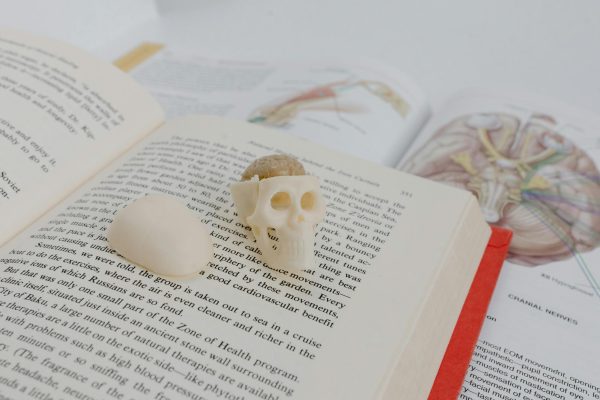Living With Tourette’s Syndrome
Tourette’s Syndrome is a neurological disease that affects the brain and nerves, causing someone who has the disease to make repeated involuntary actions and sounds which can be categorized into the motor and vocal tics. Usually, the symptoms of TS begin in a person’s childhood and can vary in severity. Since this disease begins in a person’s childhood, it can have lasting effects on a child’s emotional, physical, and mental health. However, by educating people about TS, the negative stigma surrounding this disease can be eliminated and children affected by the disease can live healthy and happy lives. There are many misbeliefs about TS and knowing the facts and how it impacts children can help paint a picture of what it feels like to have the disease.
One of the most common misconceptions about TS is that people with the disease only blurt out curse words. This is untrue. According to the CDC, this form of TS is called Coprolalia and only affects 10% of people with the disease. Keep in mind that people with TS cannot control their tics even if they actively try to suppress them. TS are also different for everyone, as a person’s tics can change depending on the environment around them.
While the cause of TS is still unknown, there are many promising treatments that a person can undertake to try and eliminate their symptoms. One of these treatments is called Comprehensive Behavioral Intervention for Tics or CBIT. CBIT is a form of behavioral therapy that teaches people how to live with TS. However, it is not a cure for TS and only helps reduce the severity and frequency of tics. In CBIT, a therapist works with the child with TS to find out what kind of TS the person has in order to understand where their tics are the most severe. Then changes are introduced to their environment in hopes of reducing the severity of their TS.
In addition to this, a child can work with a psychologist to learn how to decrease their tics. This is done by teaching a child new behaviors that can be substituted for the urge to tic. This is called habit reversal. An example of habit reversal is teaching the child to put their hands on their knees when they have an urge to tic.
Before CBIT, the only treatments that had been available to people diagnosed with TS were medications with nasty side effects. Side effects of these medications included weight gain, restlessness, stiff muscles, and social withdrawal. These side effects can often be worse than TS itself, so medication should be carefully considered.
Scientists are still trying to figure out what causes TS and have not made much progress. Although the causes of TS are not understood, scientists have been able to show that genes play a huge role in determining if a child will have TS. According to the CDC, “Genetic studies have indicated that TS is inherited as a dominant gene, with about a 50% chance of parents passing the gene on to their children. Also, boys with the gene(s) are three to four times more likely than girls to display symptoms of TS. TS can be triggered by abnormal metabolism (breakdown) of a chemical in the brain called dopamine.”
Although TS is a rare neurological disease, its impact on those it affects can have a huge impact on a person’s quality of life so, the next time you see or meet someone with TS, know that they are dealing with a lot and make sure to always be respectful.









